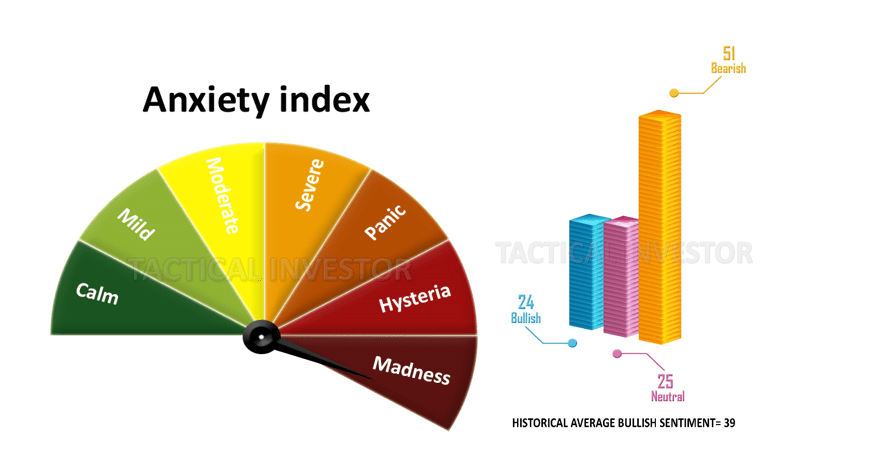
Introduction: Why Invest in Gold?
Gold has been a symbol of wealth and prosperity for centuries and continues to be a popular investment choice for many people today. As a beginner, investing in gold can seem daunting, but with the right knowledge and approach, it can be a luxurious way to safeguard your financial future. This article will explore how to buy gold for beginners and why it’s an excellent addition to your investment portfolio.
According to financial expert and author of “Rich Dad Poor Dad,” Robert Kiyosaki, “Gold is a great way to diversify your portfolio and protect your wealth. It’s a tangible asset that has stood the test of time and will always have value.” You can hedge against inflation, economic uncertainty, and currency fluctuations by investing in gold.
Understanding the Different Types of Gold Investments
Before you start investing in gold, it’s essential to understand the different types of gold investments available. The most common forms of gold investments include:
1. Physical Gold includes gold bars, coins, and jewellery. When investing in physical gold, you own the metal, which you can store yourself or in a secure facility.
2. Gold ETFs: Exchange-traded funds (ETFs) are a convenient way to invest in gold without physically owning the metal. Gold ETFs track the price of gold, which can be bought and sold like stocks.
3. Gold Mining Stocks: Investing in gold mining stocks means buying shares in companies that mine and produce gold. This can be a more volatile investment, as the company’s success depends on various factors, such as production costs and gold prices.
Financial advisor and author of “The Little Book of Common Sense Investing,” John C. Bogle, recommends that beginners start with a simple, low-cost investment like a gold ETF. “Gold ETFs offer a straightforward way to gain exposure to gold without the complexities of owning physical metal or investing in mining stocks,” he explains.
How to Buy Physical Gold
If you decide to invest in physical gold, there are several options available:
1. Gold Coins: Gold coins, such as the American Gold Eagle or Canadian Gold Maple Leaf, are popular for beginners. They are easy to buy and sell, and the government mints that produce them guarantee their weight and purity.
2. Gold Bars: Gold bars come in various sizes, from 1 gram to 400 ounces. They are typically less expensive than gold coins, but they may be more difficult to sell due to their larger size.
3. Gold Jewelry: While gold jewellery can be a beautiful and wearable investment, it’s important to note that you’ll typically pay a premium for the craftsmanship and design. If you’re investing in gold jewellery, focus on pieces with high gold content and a simple design to maximize your investment potential.
When buying physical gold, it is crucial to purchase from a reputable dealer. Look for dealers who are members of professional organizations like the American Numismatic Association (ANA) or the Professional Numismatists Guild (PNG). These organizations have strict ethical standards and can help ensure you get a fair price and authentic products.
Investing in Gold ETFs and Mining Stocks
If you prefer a more hands-off approach to investing in gold, gold ETFs and mining stocks may be the right choice. Gold ETFs, such as the SPDR Gold Trust (GLD) or the iShares Gold Trust (IAU), offer exposure to gold without the need to store or insure physical metal. These funds are bought and sold like stocks, making them a convenient and accessible option for beginners.
Gold mining stocks, on the other hand, are shares in companies that mine and produce gold. By investing in these stocks, you’re essentially betting on the mining company’s success rather than the price of gold itself. Well-known gold mining companies include Barrick Gold Corporation (GOLD) and Newmont Corporation (NEM).
When investing in gold mining stocks, it’s essential to research the company thoroughly and understand the risks involved. Factors such as production costs, geopolitical events, and environmental regulations can all impact a mining company’s success.
Determining How Much to Invest in Gold
As a beginner, it’s important to remember that gold should be just one part of a well-diversified investment portfolio. Financial experts recommend allocating 5-10% of your portfolio to gold investments.
Certified Financial Planner and author of “The Truth About Money,” Ric Edelman, advises, “Gold can be a valuable addition to your investment mix, but it shouldn’t be the only asset you own. By diversifying your portfolio across various asset classes, you can minimize risk and maximize potential returns.”
Storing and Insuring Your Gold Investments
If you choose to invest in physical gold, it’s crucial to have a secure storage plan in place. Options for storing your gold include:
1. Home Safe: If you plan to keep your gold at home, invest in a high-quality, fireproof safe. Keep the safe discreetly and limit access to trusted family members.
2. Safe Deposit Box: Many banks offer safe deposit boxes for storing valuable items like gold. While this option provides an additional layer of security, remember that the bank or the government does not insure the contents of a safe deposit box.
3. Third-Party Storage: Companies specializing in precious metal storage offer secure, insured storage for your gold investments. These facilities often have state-of-the-art security systems and can provide peace of mind knowing your gold is well-protected.
In addition to secure storage, it’s important to consider insuring your gold investments. Homeowner’s or renter’s insurance policies may provide limited coverage for gold, but it’s often necessary to purchase a separate policy or rider specifically for your precious metal investments. Work with your insurance provider to determine the best coverage option.
Conclusion: Making Gold a Part of Your Financial Future
Investing in gold can be a luxurious and smart way to safeguard your financial future. By understanding the different types of gold investments, purchasing from reputable sources, and properly storing and insuring your assets, you can confidently add gold to your portfolio.
As with any investment, it’s essential to research, consult with financial professionals, and make informed decisions based on your unique financial goals and risk tolerance. By incorporating gold into a well-diversified investment strategy, you can enjoy the benefits of this timeless and valuable asset for years to come.
Mindful Escapes: Nurturing Intellect and Soul

Predicting stock market trends using technical analysis

Election Year Stock Market Trends: A Study in Poise

Does preferred stock have voting rights?

Captivating Insights: What is the General Relationship Between Risk and Reward?

Why is portfolio diversification an important investment strategy?

Navigating the Michael Burry Stock Market Crash Forecast with Flair and Precision










